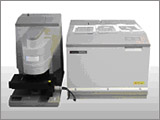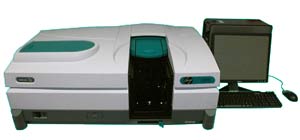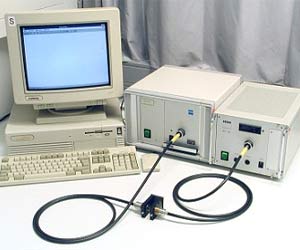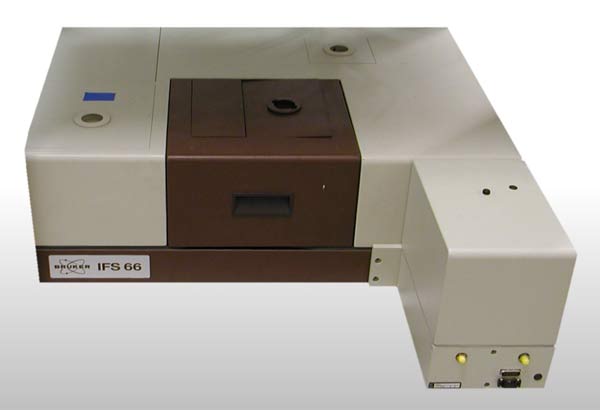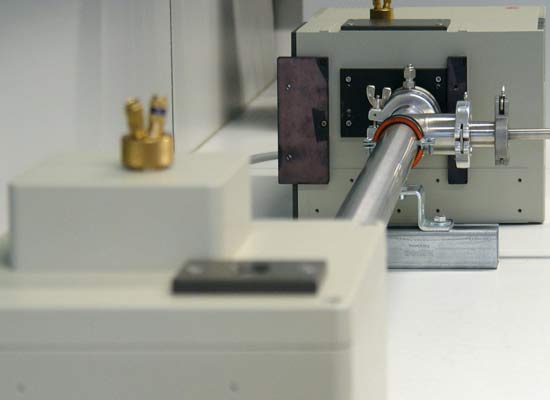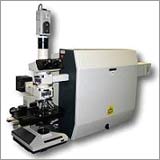FT-NIR spectrometer Vertex 70 with integrating sphere (Bruker Optik)
The FTIR spectrometer analyses structures, bonding relations and sample compositions. In contrast to the FTIR spectroscopy in the near infra red area, harmonics and intermodulations are activated. By the help of this device, e.g., plastic materials can be differed or humidity contents in solid states and moistures can be determined.
Requirements
- sample size: transmission 15 x 15 mm2 to 150 x 150 mm2; diffuse reflection min. 25 x 25 mm2
FT-NIR spectrometer Vertex 70 integrating sphere (Bruker Optik)
- measuring mode: transmission, diffuse reflection
- measuring range: 12800 cm-1 - 3500 cm-1 (0,78 µm - 2,85 µm)
- resolution: starting with 0,5 cm-1
- accessories: integrating sphere to measure the diffuse reflection
 Fraunhofer Institute for Material and Beam Technology IWS
Fraunhofer Institute for Material and Beam Technology IWS
